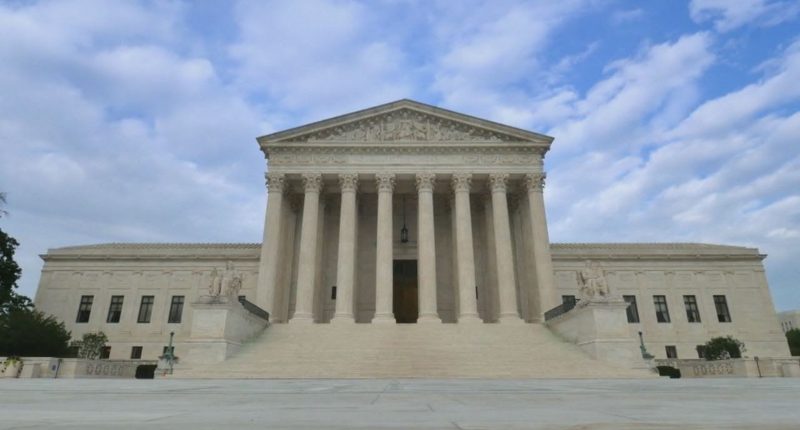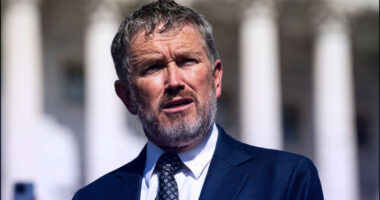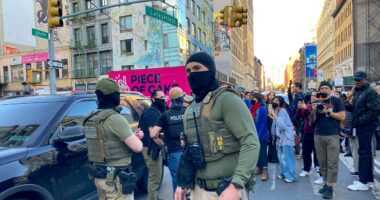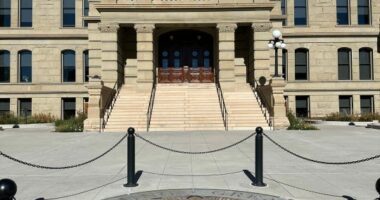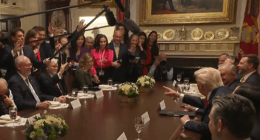Share this @internewscast.com
The Supreme Court on Tuesday gave the green light to President Donald Trump’s initiative to reduce the size of the federal workforce. This decision came even after concerns were raised about the potential loss of essential government services and the job security of hundreds of thousands of federal employees.
The justices overrode lower court orders that temporarily froze the cuts, which have been led by the Department of Government Efficiency.
The court’s unsigned order indicated that there were no specific job cuts currently before them, but rather an executive order from Trump and a directive instructing federal agencies to pursue workforce reductions.
Justice Ketanji Brown Jackson stood out as the sole dissenting voice, criticizing her fellow justices for what she described as their “eagerness to approve the President’s legally questionable actions in a rushed manner.”
Trump has repeatedly said voters gave him a mandate to remake the federal government, and he tapped billionaire ally Elon Musk to lead the charge through DOGE. Musk recently left his role.
Tens of thousands of federal workers have been fired, have left their jobs via deferred resignation programs or have been placed on leave. There is no official figure for the job cuts, but at least 75,000 federal employees took deferred resignation and thousands of probationary workers have already been let go.
In May, U.S. District Judge Susan Illston found that Trump’s administration needs congressional approval to make sizable reductions to the federal workforce. By a 2-1 vote, a panel of the U.S. 9th Circuit Court of Appeals refused to block Illston’s order, finding that the downsizing could have broader effects, including on the nation’s food-safety system and health care for veterans.
Illston directed numerous federal agencies to halt acting on the president’s workforce executive order signed in February and a subsequent memo issued by DOGE and the Office of Personnel Management. Illston was nominated by former Democratic President Bill Clinton.
The labor unions and nonprofit groups that sued over the downsizing offered the justices several examples of what would happen if it were allowed to take effect, including cuts of 40% to 50% at several agencies.
Among the agencies affected by the order are the departments of Agriculture, Energy, Labor, the Interior, State, the Treasury and Veterans Affairs. It also applies to the National Science Foundation, Small Business Association, Social Security Administration and Environmental Protection Agency.
Copyright © 2025 by The Associated Press. All Rights Reserved.
